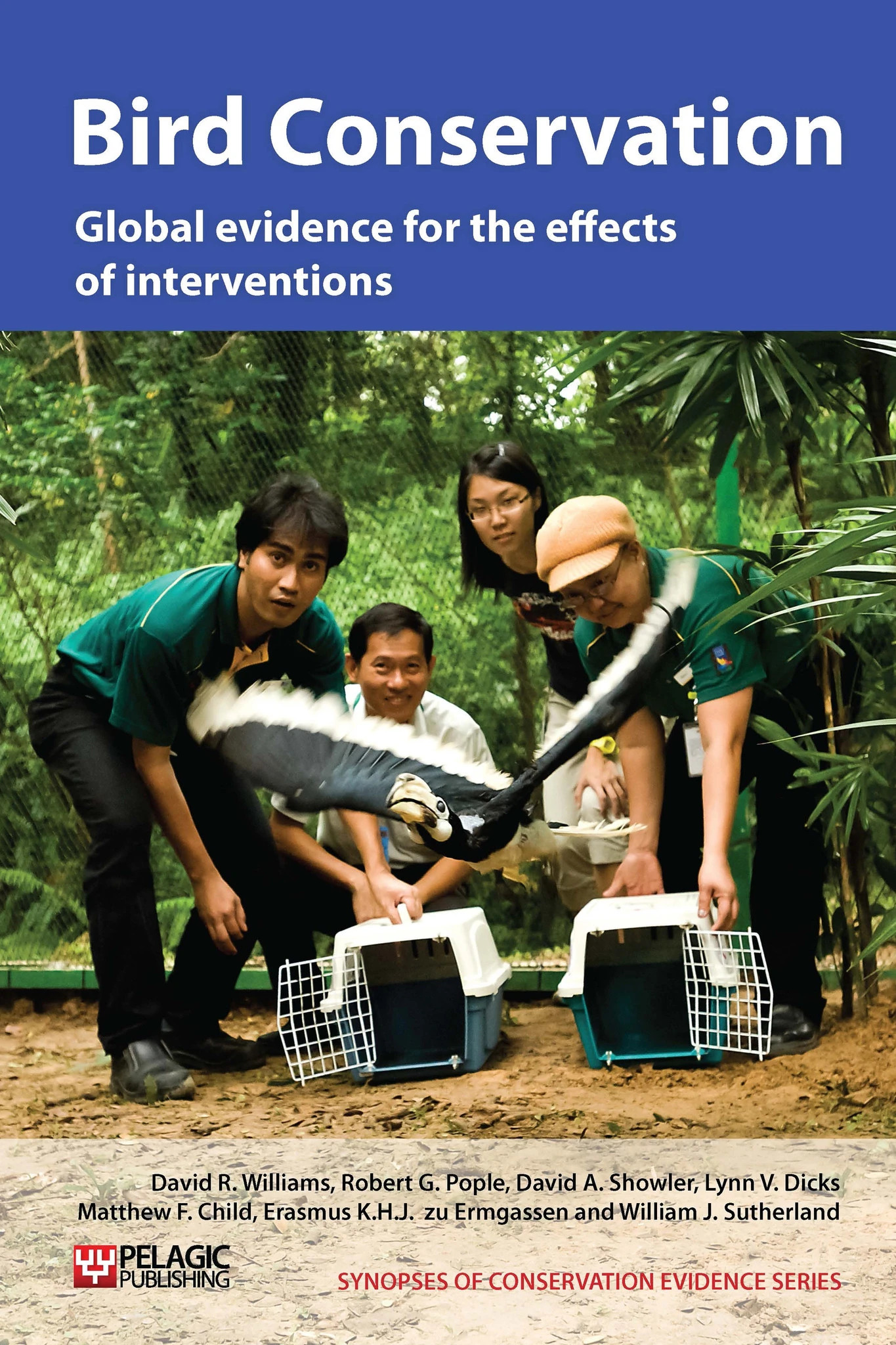Foster eggs or chicks of woodpeckers with wild conspecifics
-
Overall effectiveness category Unknown effectiveness (limited evidence)
-
Number of studies: 3
View assessment score
Hide assessment score
How is the evidence assessed?
-
Effectiveness
41% -
Certainty
29% -
Harms
0%
Study locations
Supporting evidence from individual studies
A small study in loblolly Pinus taeda and longleaf P. palustris pine forests in South Carolina, USA (Franzred 1999), found that all three red-cockaded woodpecker Picoides borealis nestlings translocated with their parents died, whereas two nestlings fostered to wild pairs in the release site were successfully raised. One (a female) disappeared after months, the other (a male) successfully bred. This study is discussed in more detail in ‘Translocate individuals’.
Study and other actions testedA small study in a pine forest site in Mississippi, USA, in 1996 (Richardson et al. 1999), found that two orphaned red-cockaded woodpecker Picoides borealis nestlings introduced into two foster nests fledged successfully (along with the non-fostered nestlings) and that at least one survived to the following breeding season (when it remained at its foster cluster as a helper). The chicks were both male and fostered when approximately 11 days old into broods containing a single nestling. One was added to the nest with the nestling still present, the other was added whilst the nestling was temporarily removed, to ensure the parents fed the foster chick. Between removal from their nest holes and fostering (later the same day), the chicks were supplied with mealworms and crickets.
Study and other actions testedA replicated, paired site study from April-July in 1997-1998 in 20 experimental and 18 control (containing 22 nestlings) red-cockaded woodpecker Picoides borealis nests in 5 forest sites in Louisiana, USA (Wallace & Buchholz 2001), found that fostered nestlings exhibited similar fledging rates to native nestlings in the same nests (85% of 20 fostered and 86% of 22 native nestlings fledged) and nestlings in control nests (68% of 22 control nestlings fledging). On average, fostered nests produced more fledglings than control nests (1.8 compared to 1.3 fledglings / nest). Feeding rates for fostered and native nestlings were similar. Cross-fostered nestlings were matched by age. Native and control nestlings were handled and returned to their native nests.
Study and other actions tested
Where has this evidence come from?
List of journals searched by synopsis
All the journals searched for all synopses
This Action forms part of the Action Synopsis:
Bird Conservation
Bird Conservation - Published 2013
Bird Synopsis





)_2023.JPG)














